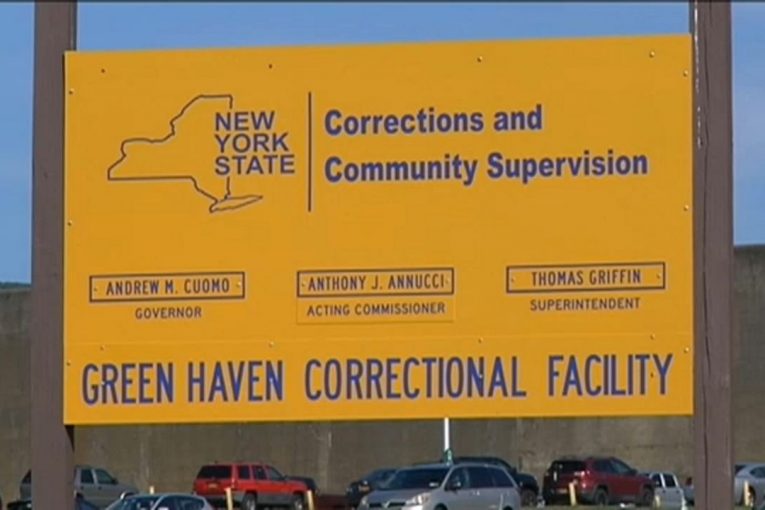

A new round of infections causes massive disruption across the entire facility
By Reginald Stephen
In September and October, positive COVID-19 cases at Greenhaven Correctional Facility spiked significantly. On Monday, Oct. 4, 2021, the Department of Corrections suspended all programs indefinitely at Green Haven. Today — Oct. 20 — is day 16 of the suspension.
The delta variant snuck into the facility in much the same way that COVID-19 did.
Men had nasty flu-like symptoms in August and September, and the coronavirus was immediately suspected. Most were tested, and I know of two who had symptoms but tested negative for COVID-19.
Others were not so lucky. Like before, many who experienced symptoms weathered it without reporting it to medical staff. The reasons for not reporting their illnesses are many. Getting quarantined feels like a punitive sanction because one is confined to a cell not their own without much of one’s personal property. Having to spend time in the infirmary is worse. The isolation and the lack of access to a laundry list of items make for miserable days.
There is also the distrust of medical staff for reasons that are both real and imagined.
But the other side of the coin is that not reporting a potential COVID-19 infection increases the possibility of communal spread and inaccurate data collection.
It will take something radical to change the culture of distrust and apathy that is palpable here.
It is really difficult to ascertain the scope of new infections without hard data. How many new infections and hospitalizations have there been? How many of those infected persons were vaccinated? Are there legions of asymptomatic COVID-19 positives here?
I have asked passing administrators and staff related questions and their answers were anecdotal at best. The dissemination of hard facts and figures would do much to disarm vaccine skepticism and conspiracy theories pervasive in the “prison Twitter-verse.”
Still, there have been a few hospitalizations and galleries have been turned into quarantine units. I may not know the exact number of those who were infected, but the number of new cases had to have been significant for the facility to suspend normal operations.
The visiting room is still open. A portion of the population is vaccinated as well as a significant portion of visitors. The open visiting room dispels the panicky sense of emergency reminiscent of 2020.
I have listened to many stories about the toll the pandemic has taken on children academically, and the whole of the nation psychology and economically. In listening to those stories, I never get the sense the nation’s incarcerated were included in those metrics.
Well, the incarcerated are affected and infected. The toll for us compounds an already isolated and psychologically challenging existence. Despondency scabs over us, locking in new traumas with the old.
The closing of programs is significant for me, and likely for others. The four-and-a-half hours a day I spend in the school building on a normal day is sometimes the difference between hope and despair. Only there do I get to talk to “others” — Black, White, young, old, teachers, counselors, and yes, the security staff. It’s a space where our collective and individual humanity is more readily accessible and less guarded. While the cell block and the yard are physically and mentally hostile spaces, programs are where incarcerated men reveal their hopes and dreams and their incipient better selves.
I hope delta takes its leave and we can go back to our structured, normal and safer spaces.
First published in the Prison Journalism Project. Prison Journalism Project trains incarcerated writers to become journalists and publishes their stories.
